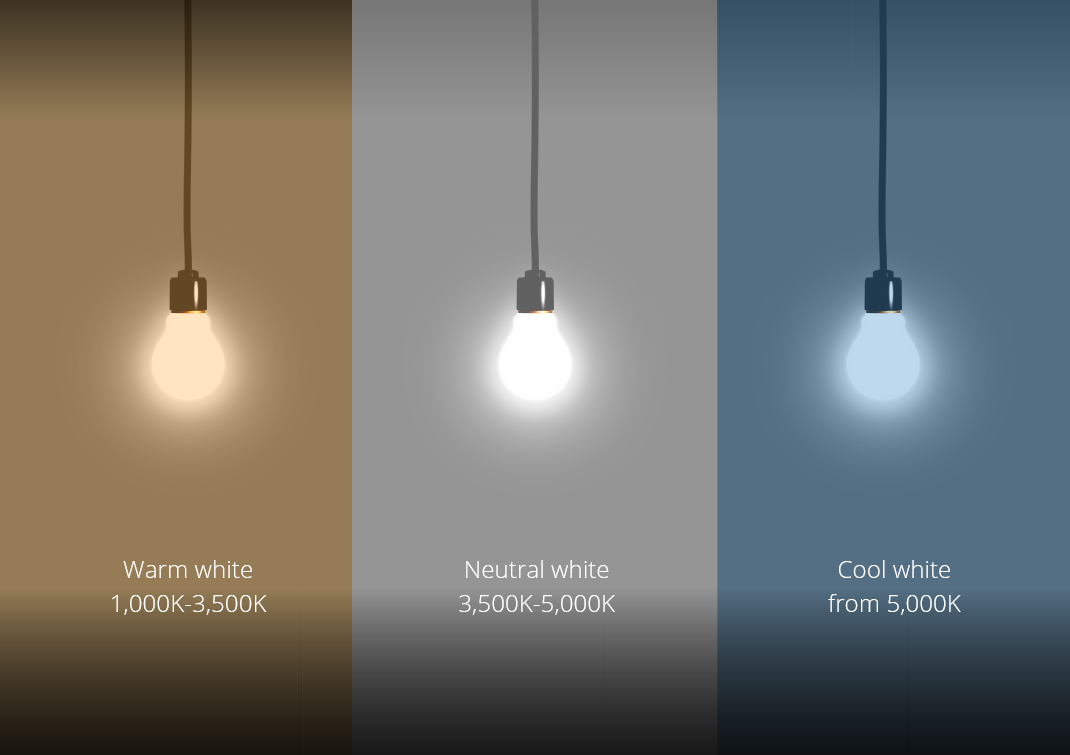Q4-Effizienz-Boost - Jahresend-Investition in Effizienz & Sicherheit: Warum jetzt der richtige Zeitpunkt für moderne LED-Technik ist

Das Jahresende ist oft die Zeit, in der Unternehmen nicht nur Bilanz ziehen, sondern auch in die Zukunft investieren. Wer 2026 mit mehr Effizienz, Sicherheit und reduzierten Kosten starten möchte, sollte jetzt auf moderne LED-Technik setzen.
Warum eine Investition in LED-Beleuchtung jetzt sinnvoll ist
LED-Systeme bieten gleich mehrere Vorteile: Sie sorgen für eine optimale Ausleuchtung, erhöhen die Arbeitssicherheit und senken den Energieverbrauch erheblich. Damit wird Ihre Investition nicht nur sofort spürbar, sondern wirkt sich auch langfristig positiv auf die Betriebskosten aus.
Ein entscheidender Pluspunkt: Mit einer durchdachten Jahresend-Investition legen Sie schon heute den Grundstein für ein produktiveres und nachhaltigeres 2026.
Ihre Vorteile im Überblick
- 15% Kennenlern-Rabatt auf das gesamte EiKO-Sortiment* – ab einem Bestellwert von 5.000 €.
- Individuelle, kostenlose Beratung – inklusive professioneller Lichtberechnung und transparenter ROI-Darstellung.
- Praxisnaher ROI – Referenzprojekte zeigen, wie sich die Umrüstung bereits nach kurzer Zeit rechnet.
- Sicher & nachhaltig – LED-Technik steigert Arbeitssicherheit und senkt gleichzeitig den Energieverbrauch.
* Dienstleistungen wie Elektroinstallation ausgenommen.
So starten Sie in drei Schritten
- Unverbindlich Kontakt aufnehmen – wir analysieren Ihre Anforderungen.
- Licht- und ROI-Berechnung erhalten – individuell und kostenlos.
- Auftrag & Lieferung 2025 – Rabatt sichern und direkt effizient ins neue Jahr starten.
Beispiel aus der Praxis: Einsparpotenziale klar erkennbar

Ein Blick auf die Ist- und Soll-Situation der Beleuchtung zeigt das Potenzial:
- Mehr als 50% Kostenreduktion im Vergleich zum bisherigen Zustand
- Einhaltung der aktuellen Arbeitsstättenrichtlinie
- BAFA-Förderung (15%) für Nichtwohngebäude, Beantragung wird von EiKO übernommen
- Amortisationszeit: typischerweise deutlich unter 2 Jahren
Die geplante LED-Umrüstung bringt so nicht nur technologische, sondern auch wirtschaftliche Vorteile – und macht Ihr Unternehmen fit für die kommenden Jahre.







